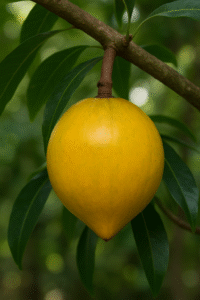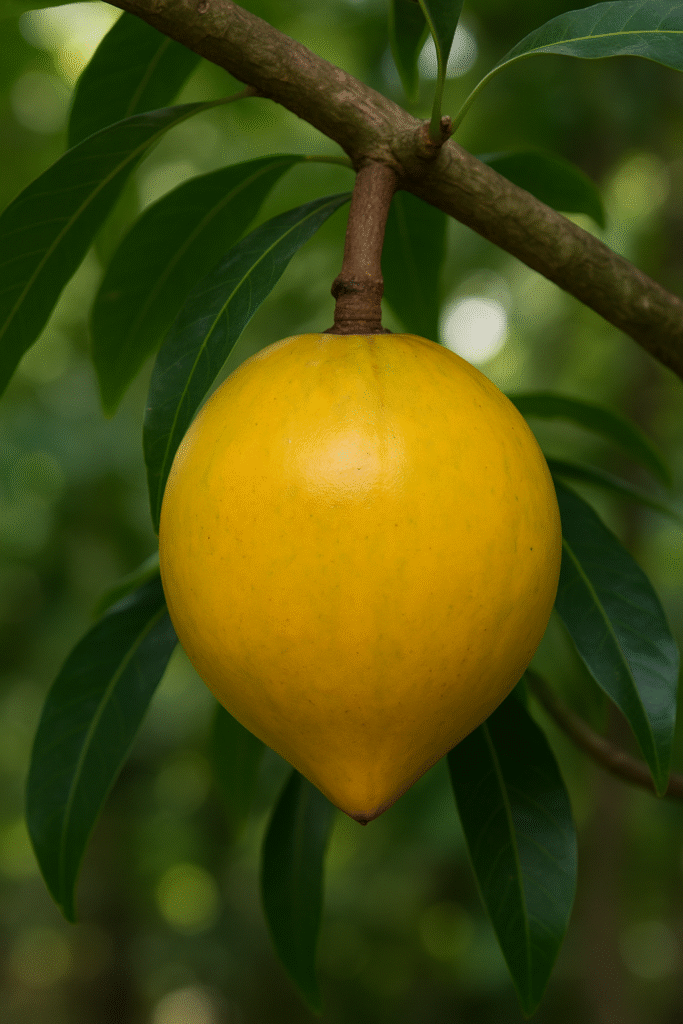Apiu, also known in various regions of Brazil as wild celery, forest celery, or apioba, is a plant belonging to the Apiaceae family—the same botanical group as cultivated celery, carrots, and coriander. While not as widely known as its cultivated cousins, apiú has significant ethnobotanical, medicinal, and ecological value. Native to tropical regions of South America, this plant is attracting growing interest among herbalists, botanists, and even home gardeners.
In this post, you’ll discover the main features of the apiú plant, its traditional and medicinal uses, its ecological role, and tips on how to grow it at home. We’ll also explore its cultural importance and why preserving native species like apiú matters.
Botanical Characteristics of Apiú
Apiu is a herbaceous plant that grows between 30 cm and 1 meter tall, depending on soil quality and environment. Its leaves are finely divided, aromatic, and similar to cultivated celery. It produces small, white flowers arranged in characteristic umbels, which are highly attractive to pollinators.
The stems are typically hollow and grooved. The plant thrives in forest edges, secondary woods, riverbanks, and even shaded urban gardens with moist soil. Despite being a wild species, apiú is increasingly being cultivated for its traditional uses.
Common Names and Misidentifications
Due to its many common names, apiú is often confused with cultivated celery (Apium graveolens). However, apiú is more rustic, aromatic, and grows spontaneously in natural environments.
Some names used include:
-
Wild celery
-
Forest celery
-
Apioba
-
Wild parsley
-
“Apium” (informal and often incorrect)
To avoid confusion, it’s important to refer to its botanical classification or check with local experts. In some regions, apiú is mistakenly grouped with similar plants in the Hydrocotyle or Eryngium genera, which also belong to Apiaceae.
Traditional and Medicinal Uses of Apiú
For generations, rural and Indigenous communities have used apiú for medicinal, culinary, and spiritual purposes. The plant’s leaves, roots, and seeds can be used in various ways:
1. Leaf Infusion (Herbal Tea)
Traditionally consumed to relieve digestive discomfort, bloating, intestinal cramps, and water retention. Its mild diuretic effect supports detoxification.
2. Aromatic Baths
In Brazilian folk practices, apiú is used in cleansing baths to remove “negative energy” and promote spiritual protection.
3. Poultices
Crushed fresh leaves are applied to the skin to ease insect bites, minor inflammations, and muscle aches.
4. Culinary Use (Small Amounts)
Its strong, celery-like flavor makes it useful in soups and stews. Because of its intensity, it is used sparingly, much like cilantro or wild herbs.
⚠️ Warning: Medicinal use of apiú should be guided by trained herbalists or health professionals. Excessive use may lead to adverse effects.
Ecological Importance and Pollinator Attraction
The flowers of this wild celery provide abundant nectar and pollen, making them highly attractive to bees, butterflies, wasps, and ladybugs. By cultivating this Brazilian plant, gardeners contribute to pollinator conservation and support local biodiversity.
This plant is ideal for permaculture systems, medicinal gardens, and wildlife-friendly yards, enhancing soil health and the natural ecosystem.
How to Grow Apiú in Your Garden or Containers
Though it grows wild, apiú is easy to cultivate with some basic care:
Soil:
Rich, well-drained soil with organic matter. Moisture is key—do not let it dry out.
Light:
Prefers partial shade but can tolerate full sun in cooler regions.
Watering:
Keep soil consistently moist, but not waterlogged.
Propagation:
Grow from seeds or root division. Sow fresh seeds directly into beds or seed trays.
Harvest:
Leaves can be harvested continuously about 40–60 days after planting. Morning harvests yield more essential oils.
Cultural Curiosities
-
Apiú is frequently mentioned in Northeastern Brazilian herbal traditions as a digestive tea plant.
-
In some Amazonian Indigenous ceremonies, it is used in aromatic rituals and cleansing baths.
-
Though under-researched scientifically, ethnobotanical studies confirm its relevance in rural culture.
Why You Should Value Plants Like Apiú
Native plants like apiú are natural treasures. They preserve traditional knowledge, support pollinators, and offer flavor, fragrance, and function for your home garden.
Whether you’re a naturalist, herbal enthusiast, or just someone looking to connect more with nature, learning about apiú opens the door to deeper understanding and appreciation of Brazil’s botanical heritage.

Take Your Gardening Passion to the Next Level!
🌿 Premium 9-Piece Gardening Tool Set for Women – rust-resistant stainless steel tools with a stylish storage bag. The perfect gift for anyone who loves tending to plants with style, comfort, and efficiency.
Discover the Elegance of the White Fig Tree!
Uncover the beauty and charm of this tropical gem from South America—perfect for both plant enthusiasts and nature lovers.

